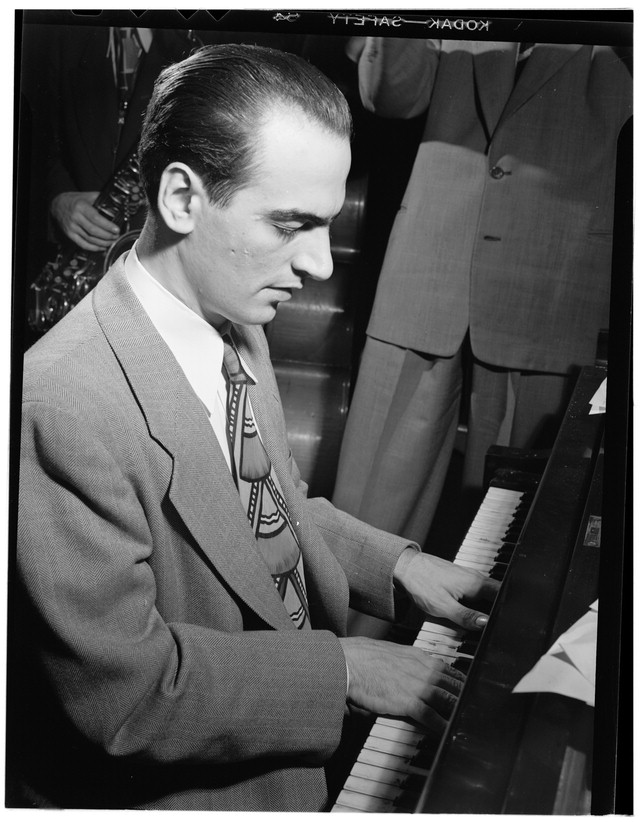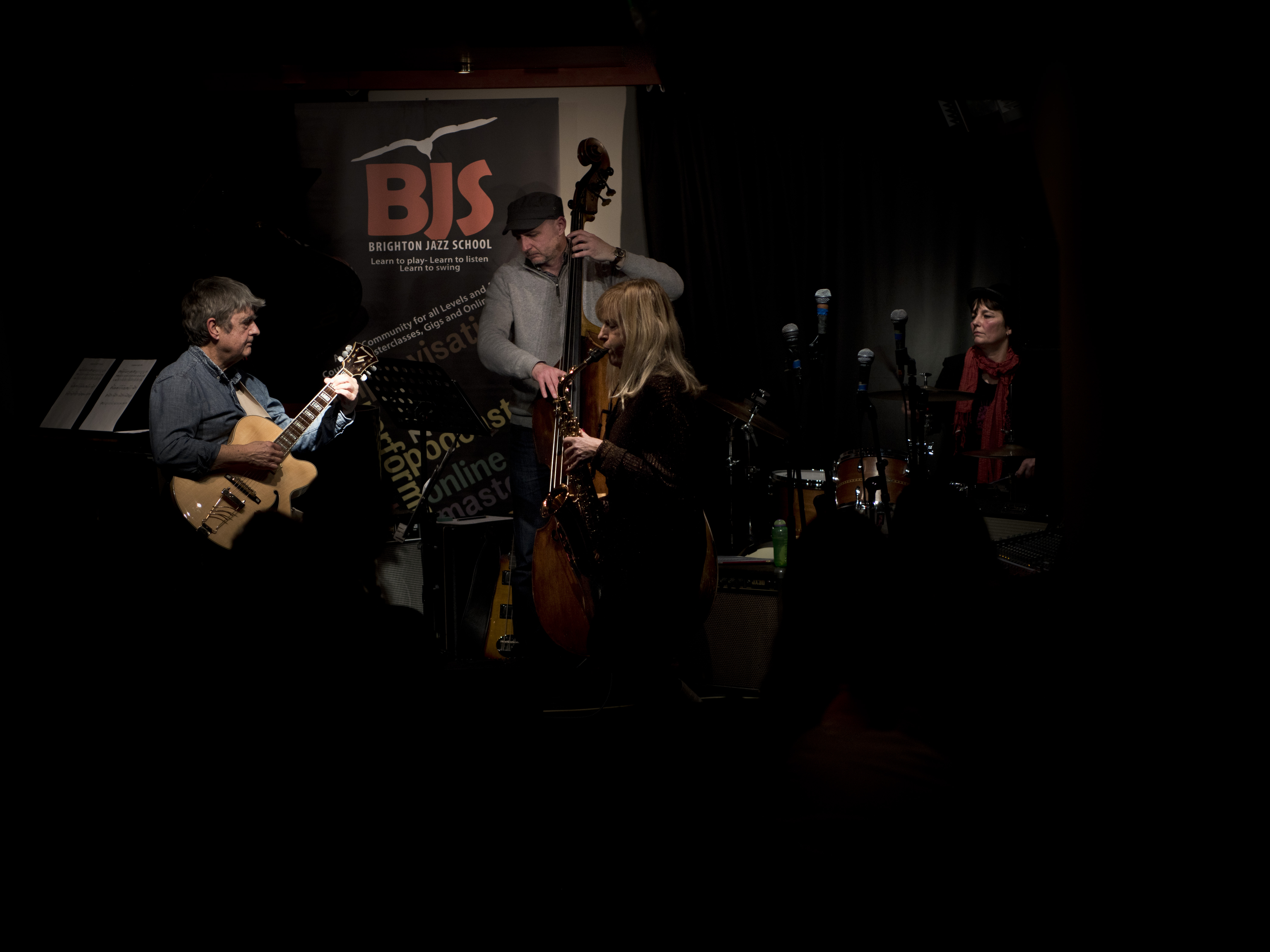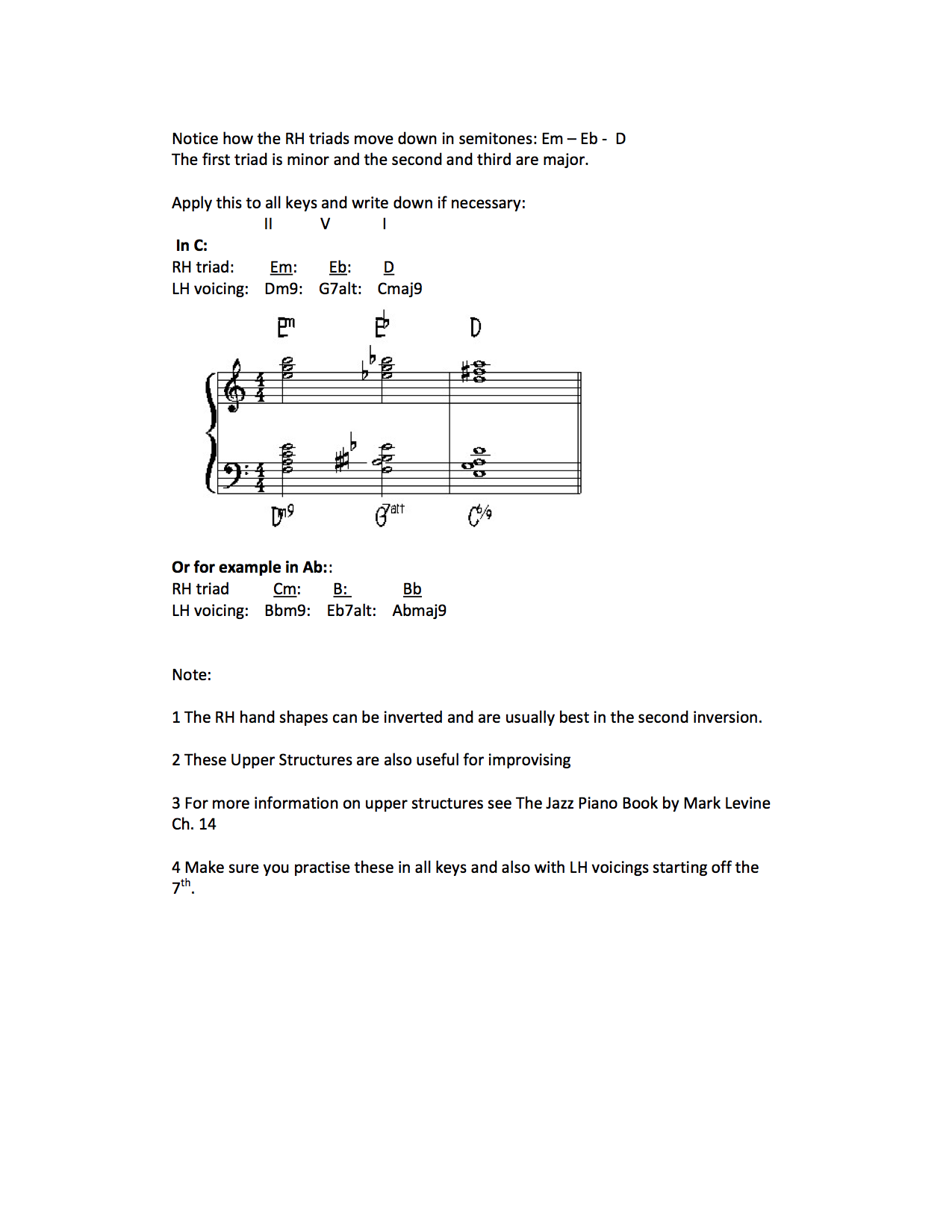Improv Column: Wayne McConnell – Why TV is Bad for Jazz

I’m sure every one of us has used YouTube at some point to check out video footage of the jazz greats. I’m a bit of a YouTube junkie myself but I have often pondered on the notion of the new generation of jazz musicians who have mostly only heard the greats through YouTube videos. On the one hand they are very lucky to be able to see footage rescued from obscurity from around the world, but are they missing the point about what the music is really about? As someone who has a lot of contact with younger jazz musicians (as an educator), many of them solely use YouTube as their number one source of listening to music. There are tracks up there without video but they tend to choose links that they can actually watch. It is a wellknown fact that our vision is our primary sense and so when stimulated, it overrides other senses. Since improvised music is all about listening, what effect is this visually enhanced way of ‘listening’ having on the younger generation of musicians? Before we talk about that, let’s talk about the advantages of ‘seeing’ music.
Learning from Watching
When I was in my acute stage of practising during my early teens, we didn’t have YouTube and getting hold of decent video footage of jazz greats was difficult (and expensive).
I remember listening to albums with my eyes closed, trying to imagine what the stage and performers looked like as they played. I would listen to the music and try and guess about visual clues for making the music. To a large extent, the music itself and the maturity of the performers govern the pathway of the music but at times it is necessary to visually or verbally cue the band. That is why it is important to go and see live music; it is much more than just sound. Now with YouTube we are able to instantly see an entire concert for free with amazing camera angles and perspectives with firstclass audio. It is fascinating to watch the Wayne Shorter Quartet unfold their music and give the audience a once-in-a-lifetime experience.
Access to Live Concerts
Many towns now have no or very little live jazz and so on a student budget, it may be difficult to see goodquality live jazz. Many jazz concerts (especially highcalibre artists) are very expensive and many only play in large concert halls usually found in the larger cities of the world. I’m certainly not trying to discourage seeing live jazz for there is no substitute. But the next best thing is YouTube. With the recent advances in broadband and video encryption, they are able to digitise VHS recordings and archived footage of many of the jazz greats. In a recent search on YouTube I found some video footage of the great Phineas Newborn. I knew the video existed (from Overton Park, Memphis) but also knew that it would probably never be published. I set up an automated search on YouTube for Phineas Newborn in the hope that it would magically materialise on there. And bingo! After five years of searching, there it was! Very rare – some of the only existing colour footage of him. I was overjoyed. Seeing amazing footage certainly has advantages for students of the music and it certainly has advantages for musicologists and historians.
As a teacher, I am constantly trying to find new ways of explaining concepts in jazz education. I use video extensively for Brighton Jazz School and it is an incredible way of getting across information to students. They of course have the luxury of viewing the videos as many times as they like (with played examples) in the comfort of their own homes.
So there are many pros for YouTube in the forum of jazz education.
Story time:
A hypothetical 15 year old has just discovered jazz. His mum and dad go away for the weekend and he goes through his dad’s record collection. ‘Hmm,’ he thinks, ‘who’s this Charlie Parker?’ He puts the record on and hears this new and exciting music called bebop. The music grabs him by the ears and he gets that hungry feeling in his stomach to listen and to find out more. He fires up the family computer, starts up Spotify, opens up the YouTube homepage and while that loads he is reading about Bird’s life on Wikipedia. In the space of about 10 seconds he has a good proportion of Bird’s recorded output, some video footage of him in action and a complete biography in text, not to mention pictures. The boy spends two hours reading about, listening to and watching Charlie Parker. He looks at his watch and says, ‘Oh man, its 2am! I’d better go to bed.’ Loaded with information, he goes to bed. In the space of three hours, all of his Christmases have come at once. He has discovered someone he loves, someone who has inspired him beyond all belief. The ultimate role model – if it weren’t for Bird’s bad habits. Habits aside, the boy has made a start on the most amazing journey – a journey into the discovery of the music of Charlie Parker. He wakes up the next day feeling fully satisfied about his discovery. He is overloaded with information. He watches another video with his breakfast. ‘Why listen to audio when you can ‘see’ a concert?’ he thinks. After breakfast he chats with his friends online, updates Facebook and tweets about his amazing night with Charlie Parker. His friends write back laughing at him for listening to such ‘old’ music. They give him a link to ‘cool music’ – a song about drugs and violence by an emerging hip hop artist (mentioning no names)…
So here’s my 50 cent(s). Kids today are bombarded with information. Any subject that requires attention to detail is sadly becoming less important in the minds of the kids. You only have to read the average essay or, worse, an email by a 15 year old. As a university lecturer I read essays written by 18–23 year olds and even some of those contain ‘text’, ahem, I mean ‘txt’ language. Jazz is no exception.
Used in the right way, the internet and all of its facets is an amazing tool for any subject area. As musicians we can now listen to the music of Indonesia or Mongolia, whereas 10 years ago it was much more difficult to get hold of. However, music by its very nature is centred on sound rather than sight. It is true that one can enhance the experience by seeing the music performed live, without doubt. You could argue that one would learn more from seeing the creative process in action. This is the subjective area that I would like to explore more. It has long been recognised that reading music during a performance could have negative implications on the delivery of the performance. I know from my own experience that I play much better when I’m not reading. Many concert pianists prefer to memorise the music and not have any notation to distract them from the sounds. Videos of the jazz greats reveal that hardly any of them used notation in any form unless playing with a big band and even then, not many did. Their reason is that visual input can distract from auditory input. I’ve not looked into the science of how this functions within the brain. But I know from my own experience that when I’m reading notation, my brain somehow adapts and uses some of its power from other areas. This may mean decreased creativity and awareness of sound. Why else would I play better without notation?
My point is, when learning jazz the student MUST listen for hours and hours (over years) in order to internalise phrasing, swing and the language of jazz. By watching video, our visual senses are stimulated and therefore our auditory sense is diminished in order to compensate for the extra stimulation. That diminution of the auditory sense may be a disaster for the aspiring jazz student. Over time the student may miss out on really hearing the finer details of a nuanced performance. If you watch any professional performer, at some point during their performance they are likely to close their eyes. It’s not for the visual benefit of the audience but rather so the performer can focus more on sound without the distraction of a visual stimulus. The study of the negative impact of the use of video in jazz education is an area of untouched research.
When used in conjunction with pure audio, video can be incredibly beneficial. In this configuration, video will enhance the student’s learning. The added visual stimuli will inspire the student. Seeing what your favourite player looks like while they play is a tremendously exciting experience. I can vividly remember the first ever time I ‘saw’ Keith Jarrett play. The same with Charlie Parker, John Coltrane and Thelonious Monk. The people behind the music are just as important as the historical and social impacts of the music. Students should learn about all the facets of the music. Jazz is unique in that it grew out of social, political and racial issues; one cannot ignore where it came from and the figures that helped shape it.
To summarise, I strongly believe video should not be a substitute for audio. Its use is optimised when used as an extra resource alongside pure audio. Video should never be used as a substitute for attending live jazz concerts but it is useful when students are unable to go to gigs because of limited funds and/or transport. Video remains a very important resource for musicologists and historians and that area is only going to get better as time goes on. Services like ‘Jazz on the Tube’ (jazz videos emailed straight to your inbox) are wonderful for fans, historians and music students. But care must be taken, as it is very easy to become addicted to seeking video and this could be counterproductive when that time could be better used listening intently to audio or practising. There is no substitute for sound despite the attractive and exciting nature of video. Learning jazz through videos is like learning to speak through watching someone’s lips. You will learn but the process is limited. Why don’t we all lipread? Because more details are acquired through sound. Tone and inflection can completely alter the meaning behind a sentence. It’s the same in jazz. Imagine watching Charlie Parker play without sound. We can learn from looking at scores and transcriptions, but we are limited by the lack of being able to notate all the information. Strings of eighth notes in a transcription of a Parker solo are ultimately useless. All of the important information – such as phrasing, rhythmic displacements, accents and tone – is missing. These are things that are only available through sound. Video or visual stimulus may distract the student from these elements and thus affect their authenticity not just as musicians but as ambassadors for the music.
Wayne McConnell



